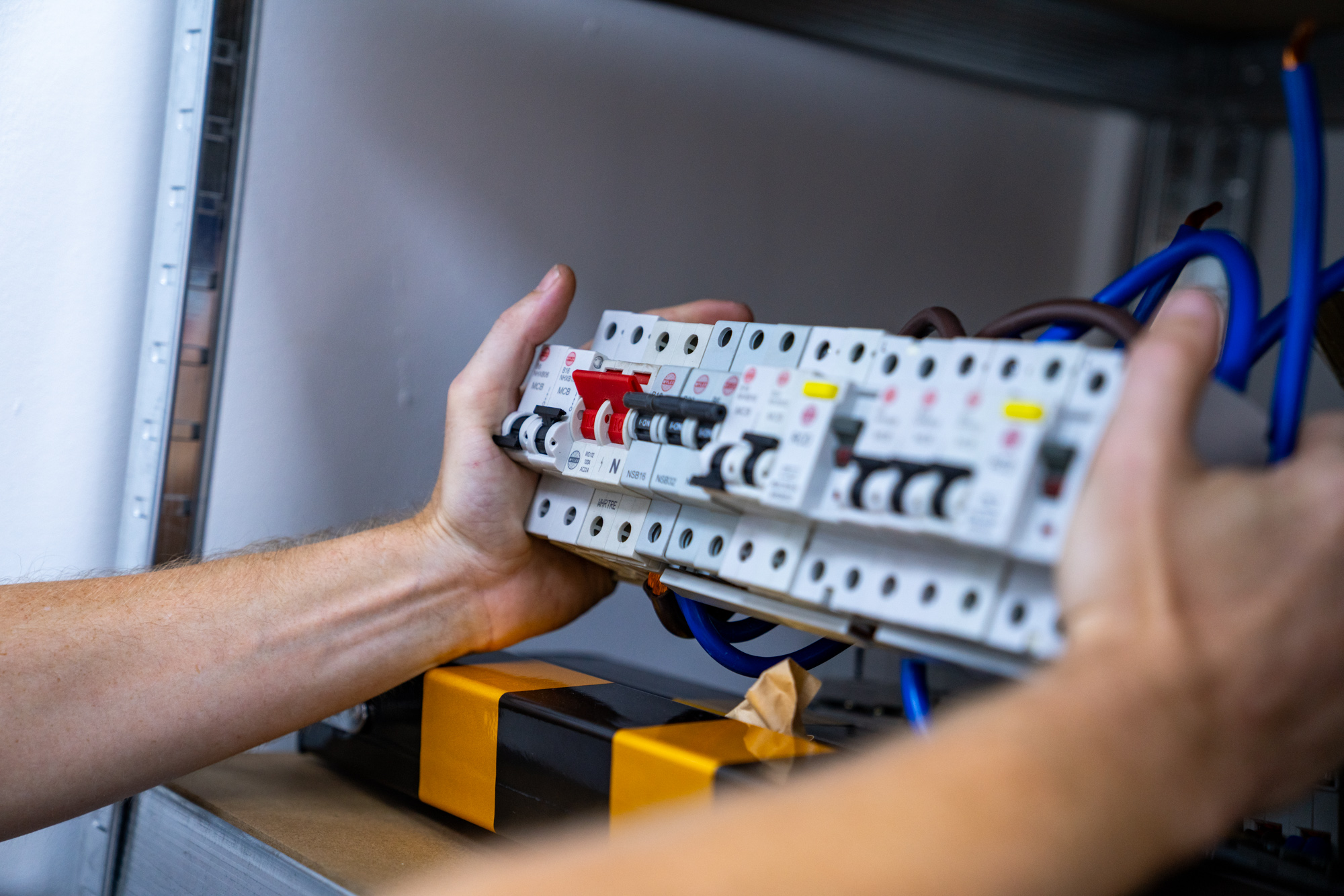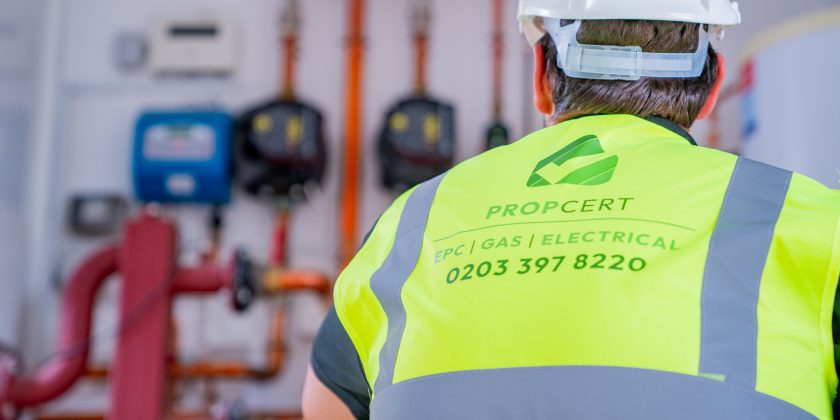The Electrical Safety Standards in the Private Rented Sector (England) Regulations 2020
New government legislation states that landlords must ensure every fixed electrical installation is inspected and tested at least every five years by a qualified person.
The Regulations also state that a landlord is required to obtain a report of the results of the inspection and test, supply it to each tenant within 28 days and retain a copy until the next inspection is due.
The Key Dates
- 1st July 2020 – Rule applies to new tenancies – As of this date, a landlord must supply a tenant with a satisfactory EICR report prior to the commencement of the tenancy.
- 1st April 2021 – Rule applies to all existing tenancies – A landlord must supply any current tenants with a copy of a satisfactory EICR report.
Who is policing this?
The local authorities have been tasked with ensuring that landlords across the country are keeping up to date with their responsibilities. They have been given some fairly unique and strong powers to help guarantee the safety of tenants in applicable properties.
Upon request, the report must be provided to the local housing authority within 7 days.The Regulations require local housing authorities to enforce the rules and they have the power to arrange remedial action which will be billed to the landlord.
Remedial notices
The authority will serve a remedial notice if they suspect that a landlord is in breach of the regulations. They can then attempt to gain access to the property via the tenant. They will conduct their own investigation and hire their own contractors to conduct any urgent works that are identified.
The costs for this will be passed directly to the landlord as well as any fines that are handed down – It could get very expensive.
Proven breaches of the Regulations can result in the local housing authority imposing a financial penalty of up to £30,000.
So what actually is an EICR?
EICR – An Electrical Installation Condition Reports (EICR) is an official document that is produced following an assessment of an electrical installation (Consumer unit, wiring, sockets, switches etc). This is an in depth check and is usually valid for 5 years upon its completion, however this can vary due to the age and condition of the installation. During an EICR, the consumer unit (or fuse board), wiring and electrical accessories are thoroughly tested and inspected for faults or deviations from the Wiring Standards.
The purpose of the inspection is to:
- Find any potential fire hazards or electric shock risks
- Identify any defective electrical work
- Detect any lack or earthing or bonding
- Pinpoint any overloading of electrical circuits or equipment
- It is crucial that the person carrying out the check is fully qualified and competent to not only satisfy the regulations but also to ensure the safety of any tenants. All of our electricians are fully insured and certified by the appropriate schemes – Feel free to call the team for more information 0203 397 8220
Where does a PAT Test fit into all of this?
The new regulations are heavily aimed at the electrical installations themselves as they were fairly unregulated. Therefore PAT testing regulations are not changing – the existing regulations in place will remain. PAT testing law requires that all landlords make sure that their portable electrical appliances are safe and are suitable and used for the purposes intended.
PAT Test – A portable appliance test (PAT) is a safety check carried out on an appliance with a plug, i.e. kettle, tv, lamp etc. A PAT test is recommended to be conducted every 12 months.



